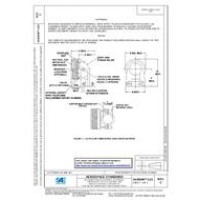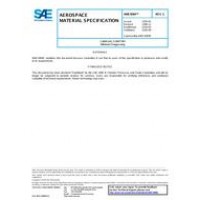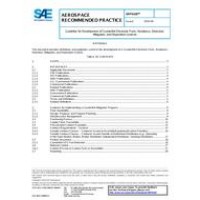xEVs involved in incidents present unique hazards associated with the high voltage system (including the battery system). These hazards can be grouped into 3 categories: chemical, electrical, and thermal. The potential consequences can vary depending on the size, configuration and specific battery chemistry. Other incidents may arise from secondary events such as garage fires and floods. These types of incidents are also considered in the recommended practice (RP). This RP aims to describe the potential consequences associated with hazards from xEVs and suggest common procedures to help protect emergency responders, tow and/or recovery, storage, repair, and salvage personnel after an incident has occurred with an electrified vehicle. Industry design standards and tools were studied and where appropriate, suggested for responsible organizations to implement.Nickel metal hydride (NiMH) and lithium ion (Li-ion) batteries used for vehicle propulsion power are the assumed battery systems of this RP. These battery chemistries are the prevailing technologies associated with high voltage vehicle electrification today and the foreseeable future. The hazards associated with these specific battery chemistries are addressed in this RP. Other chemistries and alternative propulsion systems including Fuel Cells are not considered in this version of SAE J2990.
 PDF
PDF
All of our standards document are available in PDF (Portable Document Format), an electronic, downloadable format.You will be able to download the file in your account downloads.
 Multi-User Access
Multi-User Access
After purchasing, you have the ability to assign each license to a specific user.
 Printable
Printable
At any time, you are permitted to make printed copies for your and your members' reference use.
 PDF
PDF
 Multi-User Access
Multi-User Access
 Printable
Printable





